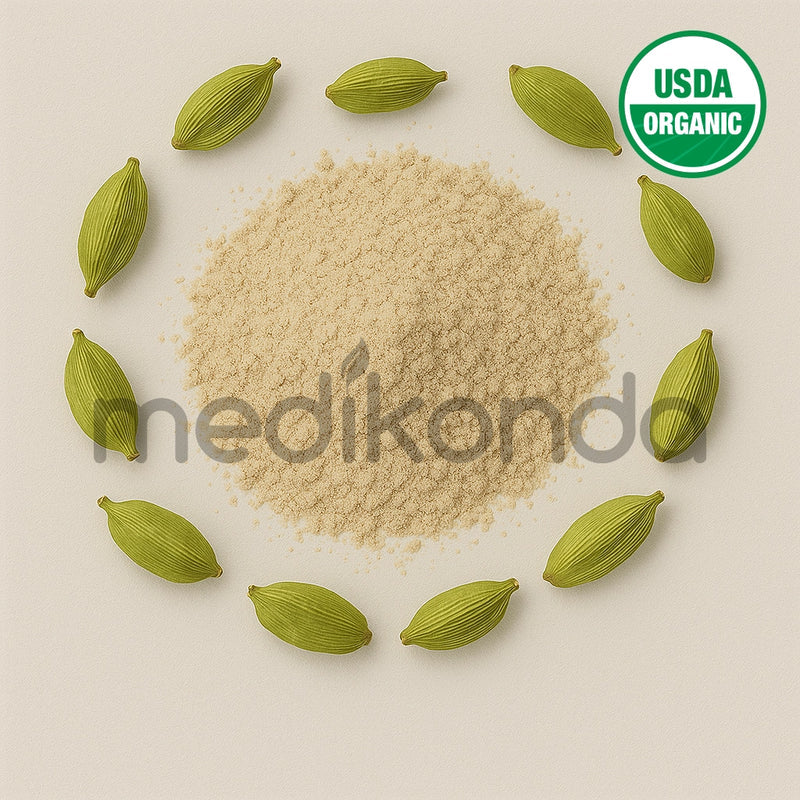Add description, images, menus and links to your mega menu
A column with no settings can be used as a spacer
Link to your collections, sales and even external links
Add up to five columns
Add description, images, menus and links to your mega menu
A column with no settings can be used as a spacer
Link to your collections, sales and even external links
Add up to five columns
LOOKING FOR BULK INGREDIENTS PRICING?
GET INSTANT QUOTEwhat ingredient are you looking for?

Benefits of Cellulase - Wholesale B2B Bulk Suppliers in Australia and New Zealand
Cellulase: The Key Enzyme for Breaking Down Plant Fibers
What is Cellulase?
Cellulase is a group of enzymes that break down cellulose, the primary structural component of plant cell walls. As cellulose is one of the most abundant organic polymers on Earth, cellulase plays a vital role in nature, allowing organisms to digest plant material and recycle nutrients. These enzymes are produced by fungi, bacteria, protozoa, and even some animals like termites and ruminants, often in collaboration with gut microbes.
In industrial applications, cellulase has become a critical tool across sectors like biofuel production, food processing, textiles, animal feed, and healthcare.
How Does Cellulase Work?
Cellulase enzymes catalyze the hydrolysis of cellulose into simpler sugars, primarily glucose. The breakdown occurs in several steps, involving different types of cellulases:
-
Endoglucanases: Break internal bonds in cellulose chains
-
Exoglucanases: Remove cellobiose units from the ends of the chains
-
Beta-glucosidases: Convert cellobiose into glucose
This multi-enzyme action results in the complete degradation of tough plant fibers into usable energy sources.
Natural and Commercial Sources of Cellulase
-
Fungi: Trichoderma reesei, Aspergillus niger
-
Bacteria: Bacillus subtilis, Cellulomonas
-
Protozoa: Found in the guts of herbivores like cows and termites
-
Commercial Production: Through fermentation of selected microbes under controlled conditions
Applications of Cellulase
1. Biofuel Industry
Cellulase is essential for producing second-generation biofuels. It breaks down agricultural waste and non-food biomass (e.g., straw, wood chips) into fermentable sugars used to produce ethanol and other biofuels.
2. Textile Industry
In textile manufacturing, cellulase is used for:
-
Biopolishing: Removing surface fuzz to enhance fabric smoothness and appearance
-
Stonewashing: Replacing pumice stones in denim processing to give jeans a worn look
3. Food and Beverage Industry
Cellulase helps in:
-
Juice extraction: Breaking down plant tissues to increase yield and clarity
-
Brewing and winemaking: Enhancing flavor release and filtration
-
Improving texture in food products
4. Animal Feed
By breaking down fibrous plant materials, cellulase improves the digestibility and nutrient availability of animal feed, especially for ruminants and poultry.
5. Healthcare and Supplements
-
Used in digestive enzyme supplements to help people digest plant-based foods
-
May support gut health by reducing bloating and improving nutrient absorption
6. Waste Management
Cellulase aids in the biodegradation of organic waste, enhancing composting efficiency and reducing landfill pressure.
Benefits of Cellulase
-
Enables the conversion of waste to energy
-
Improves digestive health and nutrient absorption
-
Reduces chemical usage in textile processing
-
Enhances feed efficiency in livestock
-
Promotes eco-friendly manufacturing
Final Thoughts
Cellulase is a powerhouse enzyme that unlocks the energy stored in plant material. From enabling biofuel production to supporting digestive health, its applications are both diverse and impactful. As industries and consumers shift toward more sustainable and efficient processes, cellulase will continue to play a vital role in advancing green technologies and improving health and nutrition.
For bulk orders and inquiries, visit Medikonda Nutrients - Cellulase
Medikonda Nutrients is the Largest Manufacturer, B2B Bulk Wholesale Supplier of Cellulase in Australia and New Zealand.
Also in Medikonda: Health & Wellness
SUBSCRIBE NOW ...
Don't miss to get latest updates on sales, new releases and promotions




